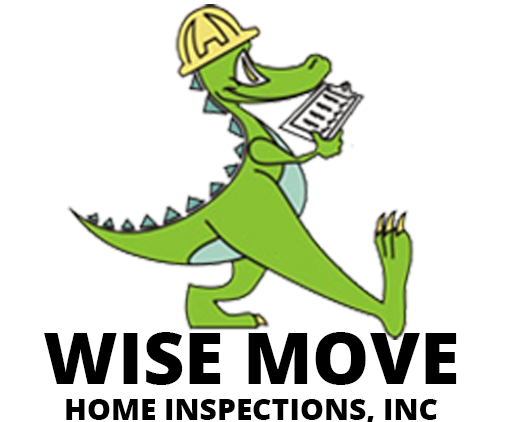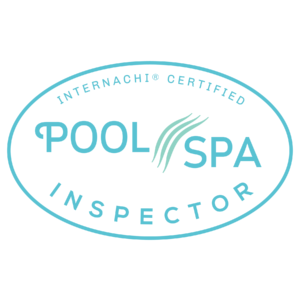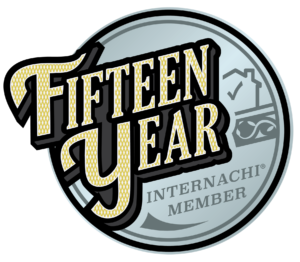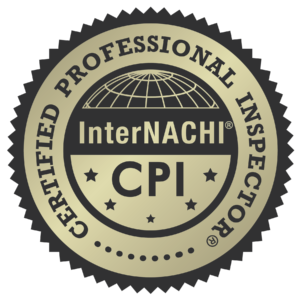Fire Protection Equipment Comment:
The installation of smoke alarm(s) is required inside of all bedrooms and in any rooms designated for the purpose of sleeping and outside within the proximity of the doors to these rooms. Test all alarms and detectors monthly by both test button and smoke. The installation of Carbon Monoxide detector(s) is required in homes with gas-fired appliances at every floor elevation. The installation of Type ABC fire extinguisher(s) at the kitchen and garage, if applicable, is also advised. Test these devices monthly. Install new batteries yearly when the time changes. Initiate and practice plans of escape and protection for all occupants in case any emergencies arise. The lack of these detectors or equipment is a known safety hazard, remedy, repair, or install immediately.
For further information consult your local Fire Department and equipment manufacture.
http://www.nfpa.org/index.asp and http://www.carbonmonoxidekills.com
Fire prevention and safety links:
Fireplace links:
http://www.csia.org/homeowners/fireplce.htm
http://fireplaceinspections.com/media/pre-cast.pdf
http://fireplaceinspections.com/media/shrouds_surrounds.pdf
http://fireplaceinspections.com/media/fireplace_test.pdf
CHIMNEY SAFETY TIPS presented by Chimney Safety Institute of America (CSIA)
- Dirty woodstove glass? Try dipping a dampened piece of newsprint in the fine white ashes after your fire has died. Whip it onto the glass in circular motions — it works well if the glass isn’t terribly dirty to begin with.
- Putting a chimney cover or chimney cap on top of your flue can save you a lot of money in the long run. The covers keep out damaging moisture, which wears away masonry and steel chimneys — not to mention that they keep birds and other critters out.
- The National Fire Protection Association (in NFPA 211) recommends you have your chimney checked at least once a year, and cleaned if needed. Heavy users need more frequent check-ups.
- If you have a newer EPA-rated woodstove, you might have a catalytic combustor in there somewhere. Make sure to check the owner’s manual about cleaning it — and stick to the schedule. Combustors should last 5 or 6 years, but a clogged or dirty one will fail rather quickly.
- Do you have a smelly fireplace? Chimney Breath is most often caused by moisture, rain, or high humidity. Have your chimney cleaned early in the spring to make the humid summer days less odiferous.
- Ever wonder what wood is the best to burn as firewood? Oak is an American favorite. Other hardwoods are also a good choice. You can burn other softer wood also, as long as it is split and dried long enough. It’s much more important to burn dry wood than to worry about what kind of wood it is.
- Do you know what to do during a chimney fire? Call the fire department and exit the house — just like any other house fire. Many people choose not to do this, but if the fire does spread, don’t you want the firefighters there already?
- Springtime is the right time to get your chimneys checked! Sweeps are generally less frantic in the spring (vs. the crazy fall season) and if your chimney needs repairs, they can be made before the cold weather hits!
- Mild winters mean more chimney fires! It’s true. People choke back their woodstoves in mild weather — leading to more creosote accumulation — but many don’t realize this, so they skip getting it cleaned, thinking it doesn’t need it as bad as it would after a cold winter.
- Black stove pipe (and furnace pipe, for that matter) should be securely fastened together at each joint with no less than three sheet metal screws or pop-rivets. Stove and vent pipe should be inspected at least yearly, and replaced when signs of rusting or wear are evident.
- Gas logs release a lot of water vapor when they are burning. You should be wary of mold and mildew, especially if you have asthma and respiratory problems, when using them for longer than a few hours. A CO detector is a great gas-log accessory. You can find one in many home-improvement and mass chain stores.
- Have your chimney checked every year (no matter how you heat your home) to make sure the chimney can do its job to properly vent hot, toxic gases and carbon monoxide from the heating system to the outdoors.
- To help reduce creosote build-up in your wood-burning chimney system, burn only well-seasoned hardwoods. If you don’t know how to build a hot, safe fire, ask your CSIA Certified Chimney Sweep® for tips on proper wood-burning techniques.
- If you own or are planning to install a high-efficiency gas furnace, ask your CSIA Certified Chimney Sweep® to check that the furnace is vented in accordance with the National Fuel Gas Code.
- Have a high-quality, long-lasting chimney cap installed to keep out debris and prevent birds, animals and insects from nesting in your chimney.
- Following a violent storm, earthquake, flood or lightning strike, have your chimney inspected for damage — inside and out. This includes checking for cracks and fallen bricks. For safety’s sake, DO NOT USE YOUR CHIMNEY until it is checked by a CSIA Certified Chimney Sweep®.
- Install a carbon monoxide detector to warn of harmful gases that may be entering your home because of a blocked or damaged chimney.
- Have your chimney waterproofed to prevent long-term corrosion and masonry damage.
- Have your chimney flashing (the seal between the chimney and the roof) inspected and maintained. Flashing prevents rain water and snow melt from entering your home and causing costly damage to your walls and ceilings.
- Save energy dollars and eliminate unpleasant off-season odors. Have a sealing damper installed in your wood-burning chimney system.
- Have your chimney sweep ensure that your chimney has an appropriate liner. Chimney liners are required in new construction to separate hot heating system emissions from the structure of your home.
- Spring is a good time to schedule an annual chimney check by a CSIA Certified Chimney Sweep®.







